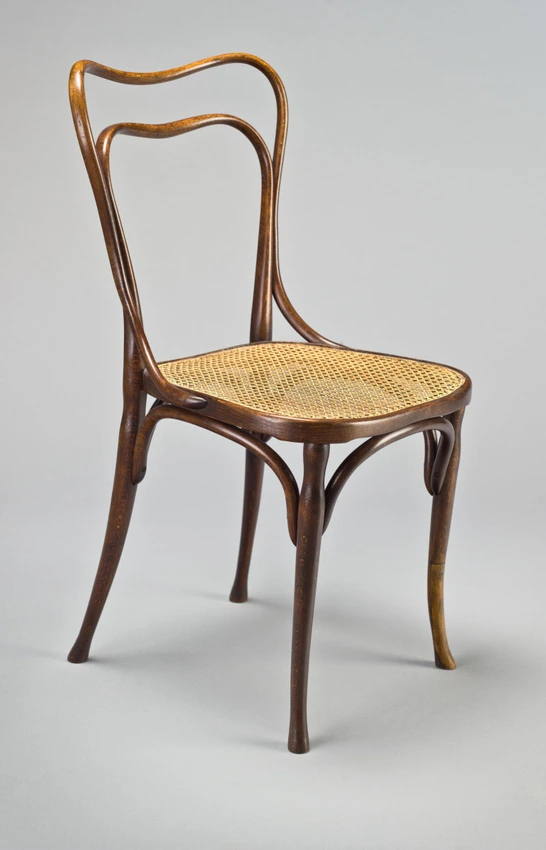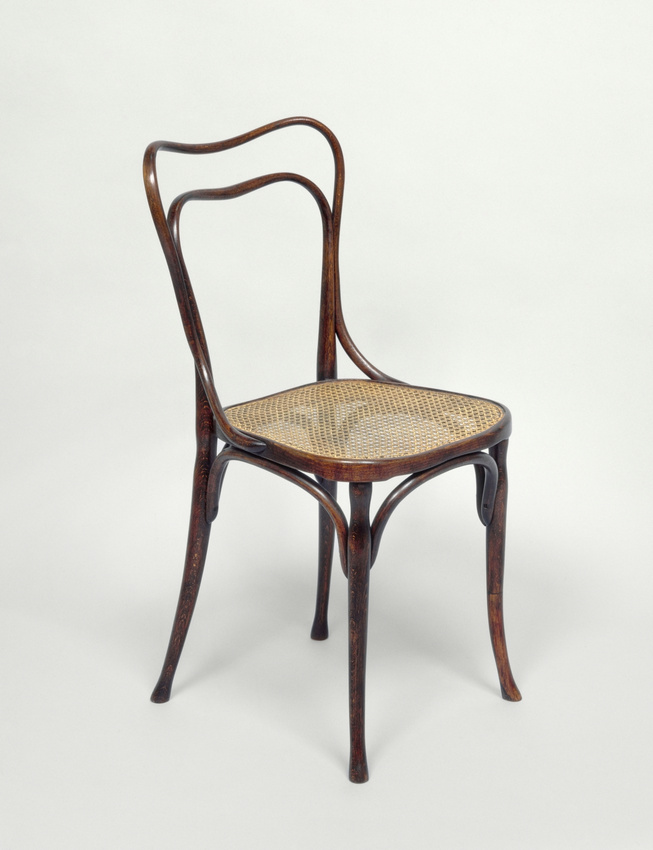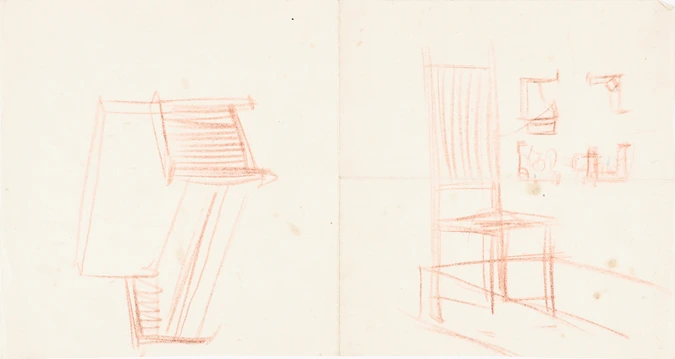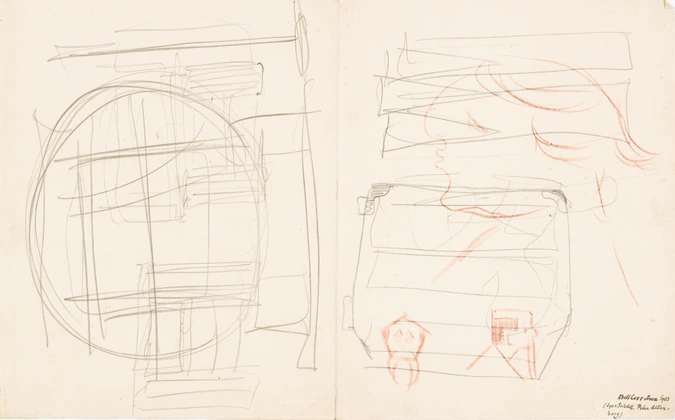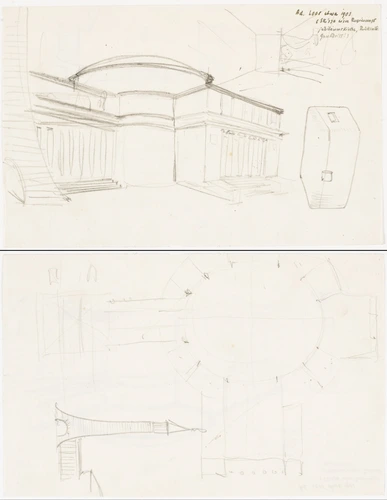Chaise
It took almost fifty years for the mass produced, steam-bent, wooden furniture invented by Michael Thonet to attain respectability. At the end of the 19th century, it was the great Viennese architects who brought a new functionality to furniture which has since been tried and tested over many years. Bentwood furniture fitted perfectly into the programme for utility art that they championed.
Adolf Loos, the most important and influential of these architects, opted for this practical, economic furniture when he worked on the Café Museum in Vienna, where the interior design was wonderfully simple. For the seating, Loos refined the popular bistro chair perfected by Thonet in 1849. The accompanying tables corresponded to a model sold at the time through a catalogue by Kohn, Thonet's main competitor.
Le Café Museum still exists today, and this style of chair is still used there.
